- What is PTL Transport?
- PTL Logistics and Their Transport Mechanisms
- Difference Between PTL and FTL
- Difference Between PTL and LTL
- Is PTL Transport the Right Choice for Your Business?
- Disadvantages and Challenges in PTL Transport Logistics
- How to Choose the Right PTL Partner for Your Business?
PTL Transport (Part Truck Load) is a cost-effective logistics solution where multiple companies share truck space to deliver their products. Instead of booking an entire truck, businesses pay only for the truck space they use. It is ideal for medium-sized shipments that don't require full truckload (FTL) capacity. This shared model not only reduces transport costs but also optimizes truck utilization.
In the PTL transportation process, your product is assigned to a delivery agent. In the process, they not only pick up your package but also multiple other packages. This same efficiency principle powers PTL Transport, which we're going to discuss here.
What is PTL Transport?
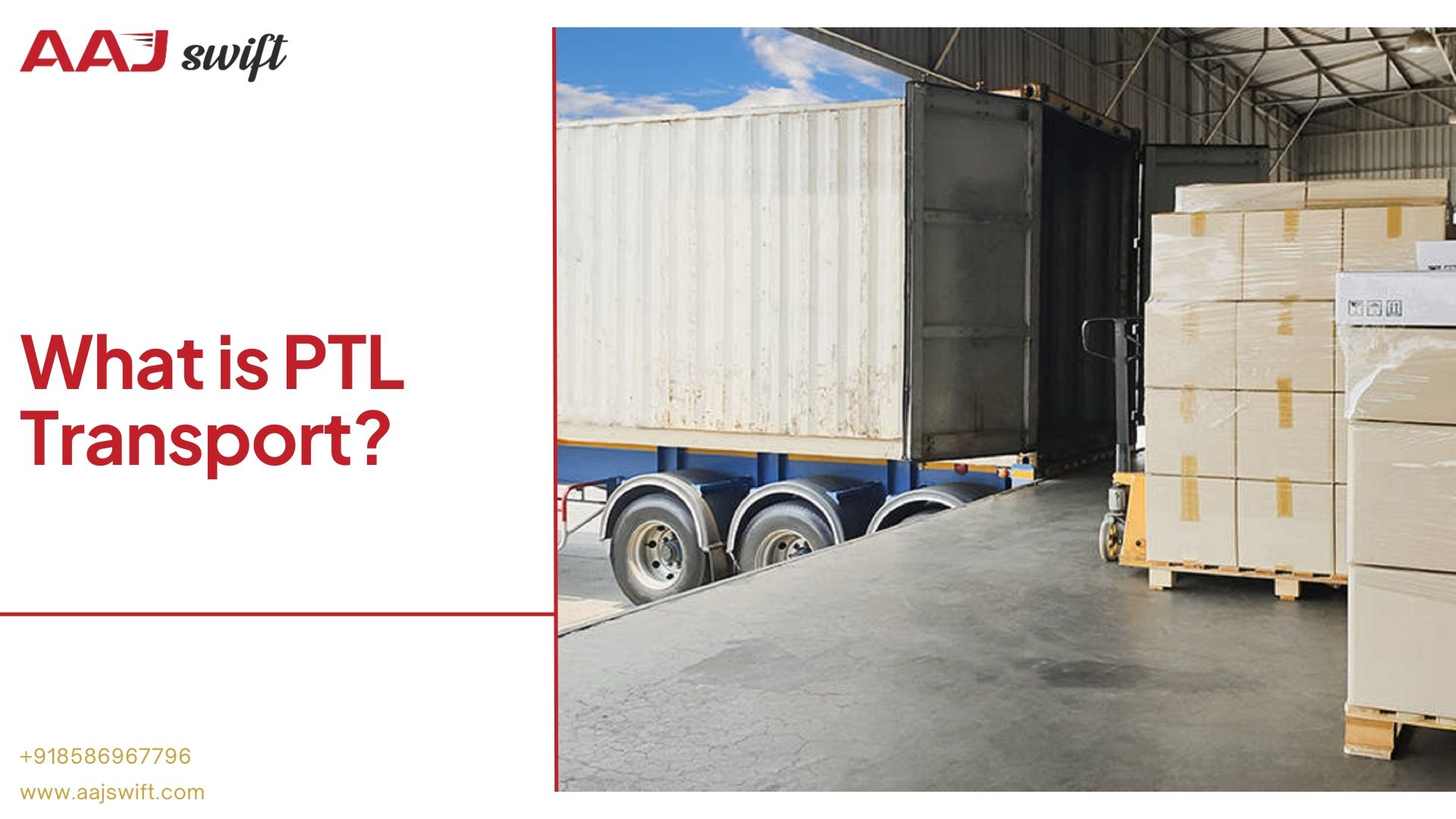
So, what is PTL Transport? In short, part truck load or partial truck load (PTL) transport is a flexible and cost-effective means of shipping and logistics where multiple shippers share space in a single truck/cargo.
For example, Company A deals with furniture and has a warehouse in Delhi, and they have to ship 8 boxes to another state in India (about 30% of the truck's capacity).
So, instead of paying for the entire travelling cost, they use PTL transport service by a top transportation company in India, sharing the remaining 70% of truck capacity with others. Thus, all companies only have to pay proportionally for their occupied space.
Thus, this not only maintains efficiency but also saves transportation costs.
PTL Logistics and Their Transport Mechanisms
PTL Transportation works on the principle of optimizing truck capacity.
These shipments majorly follow the “hub-and-spoke” model. In this model, goods are first arranged or consolidated at central hubs before being transported or redistributed.
Apart from PTL, there are two more models: one is LTL (Less-than Truckload) and the other is FTL (Full truckload). You can call PTL a shipment design that falls between these two models.
So, PTL transportation concepts revolve around moving loads without needing to fill it completely. That's why this service is effective and efficient for businesses that have medium-sized shipments.
Benefits of PTL Transportation:
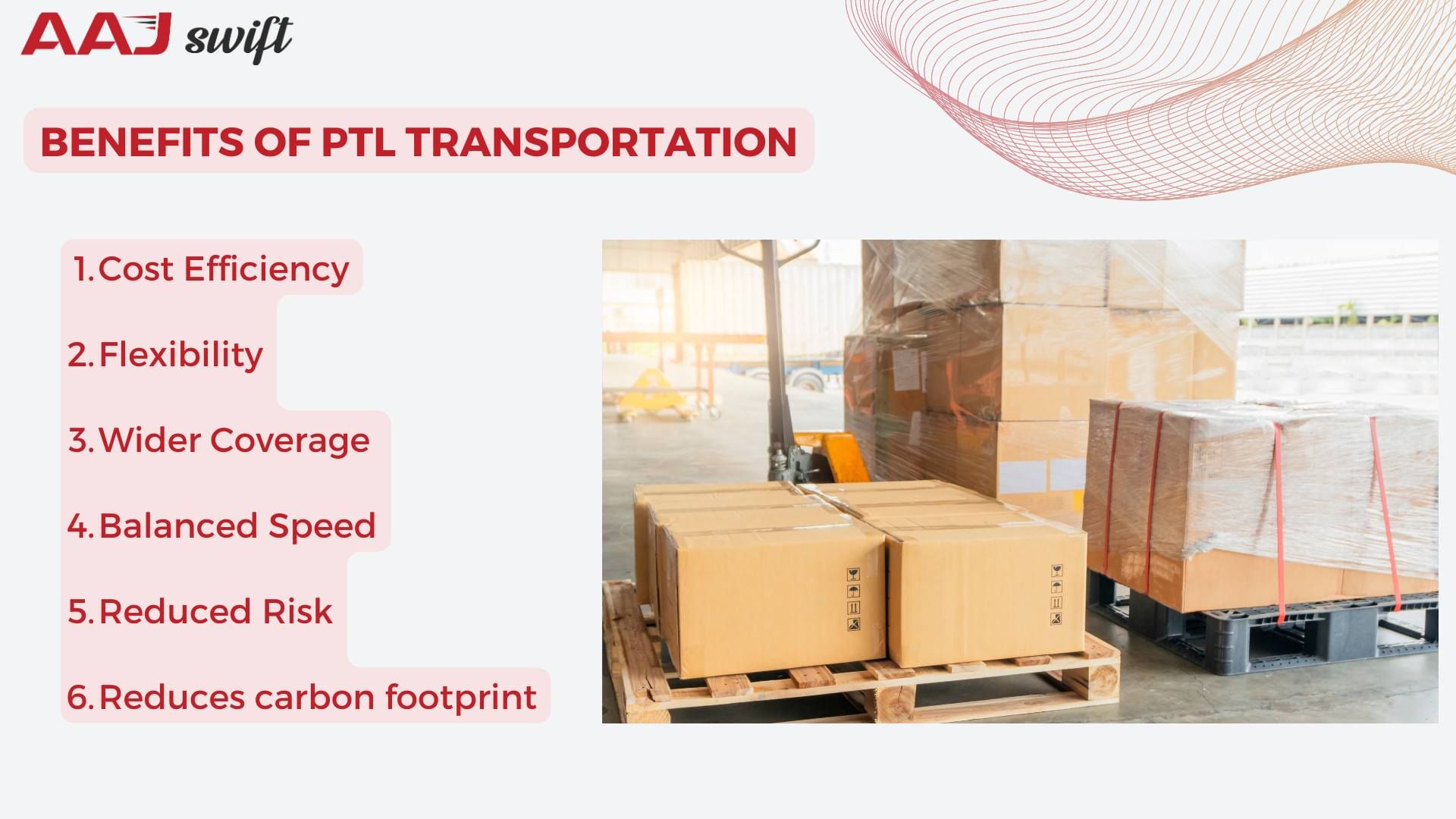
- Cost Efficiency: With PTL, you can save at least 25-40% of transportation costs as compared to FTL.
- Flexibility: You can scale and adjust your shipping volumes based on space and demand without booking the entire truck or cargo.
- Wider Coverage: More trucks/cargo means more delivery network through multiple shipments.
- Balanced Speed: You can get both faster speed than LTL and lower cost.
- Reduced Risk: You're not sharing the whole risk of transportation. If anything happens, you only share propositional insurance costs.
- Reduces carbon footprint and greenhouse gas emissions.
Difference Between PTL and FTL
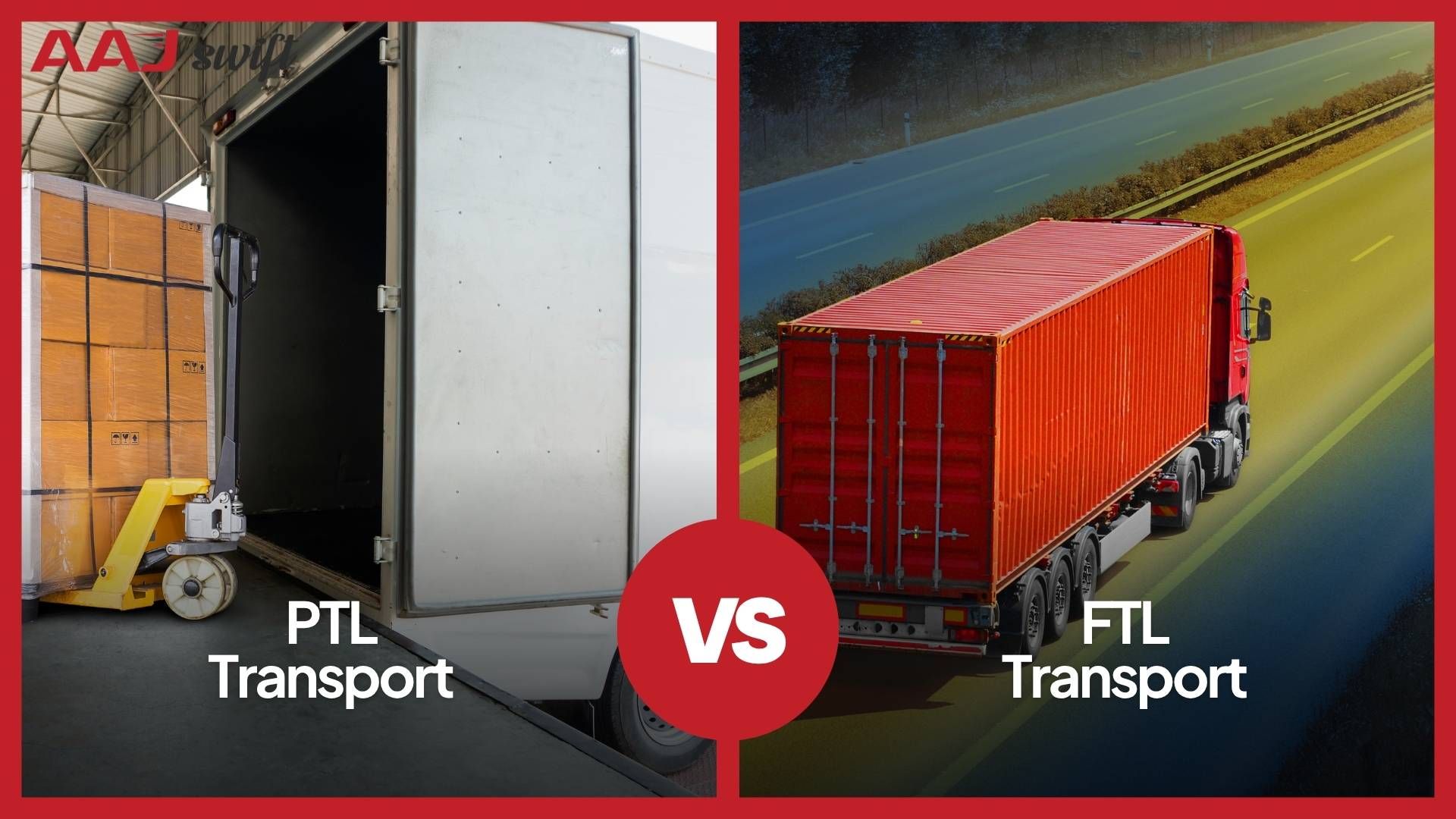
PTL simply means sharing a truck with others' goods to save money. On the other hand, FTL means you book the whole truck just for your items, which is faster but costs more.
Difference Between PTL and LTL
I already explained about PTL, now let's talk about LTL. LTL means your small shipments travel with other items and switch trucks several times before delivery.
Is PTL Transport the Right Choice for Your Business?
If you get stuck among FTL, PTL, and LTL, I have a very straightforward answer for you.
FTL: It will be best for you when your shipments need dedicated space and have a high number of shipping products, such as inventory directly from the factory to a warehouse.
LTL: If your business is not that large or deals with small shipments, such as a boutique retailer that often ships some boxes to different retail locations across India.
PTL: It is best for business if you have too much for small shipments but, at the same time, not enough to fill a truck. It includes businesses such as retailers for furniture or appliance stores. Here are other factors to consider:
Disadvantages and Challenges in PTL Transport Logistics
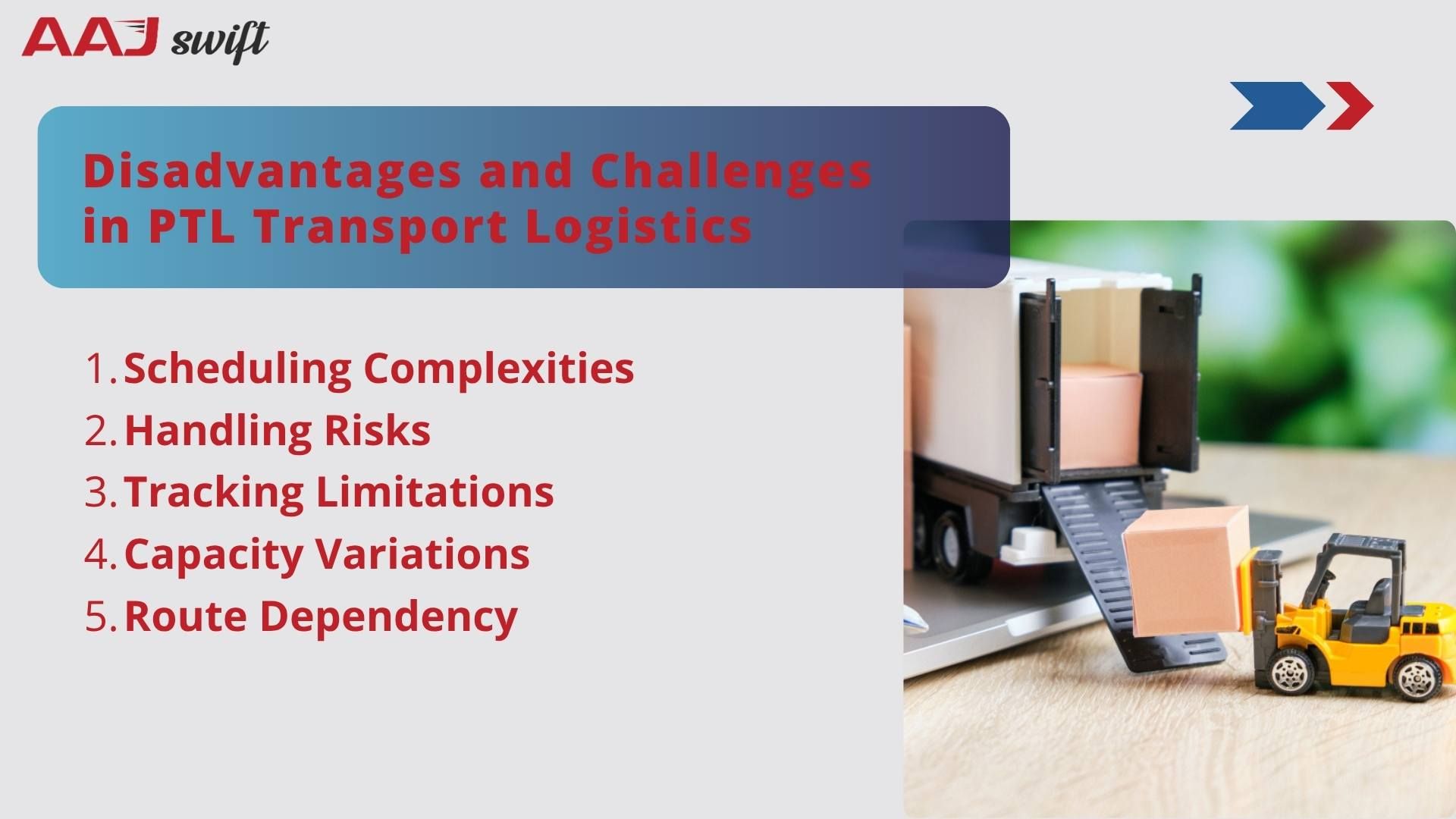
Till now, I have talked about how PTL transport is suitable for your business, but now let’s check its disadvantages:
- Scheduling Complexities: Your shipments depend on whether there are other shipments available or not. This could cause unnecessary delays.
- Handling Risks: More handling potentially increases the risk of damage. On the top, risk increases if the inventory is fragile or easily breakable, such as LED/plasma TVs.
- Tracking Limitations: If you choose any third-party logistics, they will give you limited tracking. So, always choose a well-researched transportation solution. We also have an inbuilt tracking system with all of our logistic solutions.
- Capacity Variations: As told earlier, seasonal demand can cause some companies to shift their approach to FTL transportation.
- Route Dependency: If two companies ship their products to two different areas but they share the same route, then the shipment area that comes first, serves first. This means the second company has to depend on both the delay and the route that transport logistics offers.
How to Choose the Right PTL Partner for Your Business?
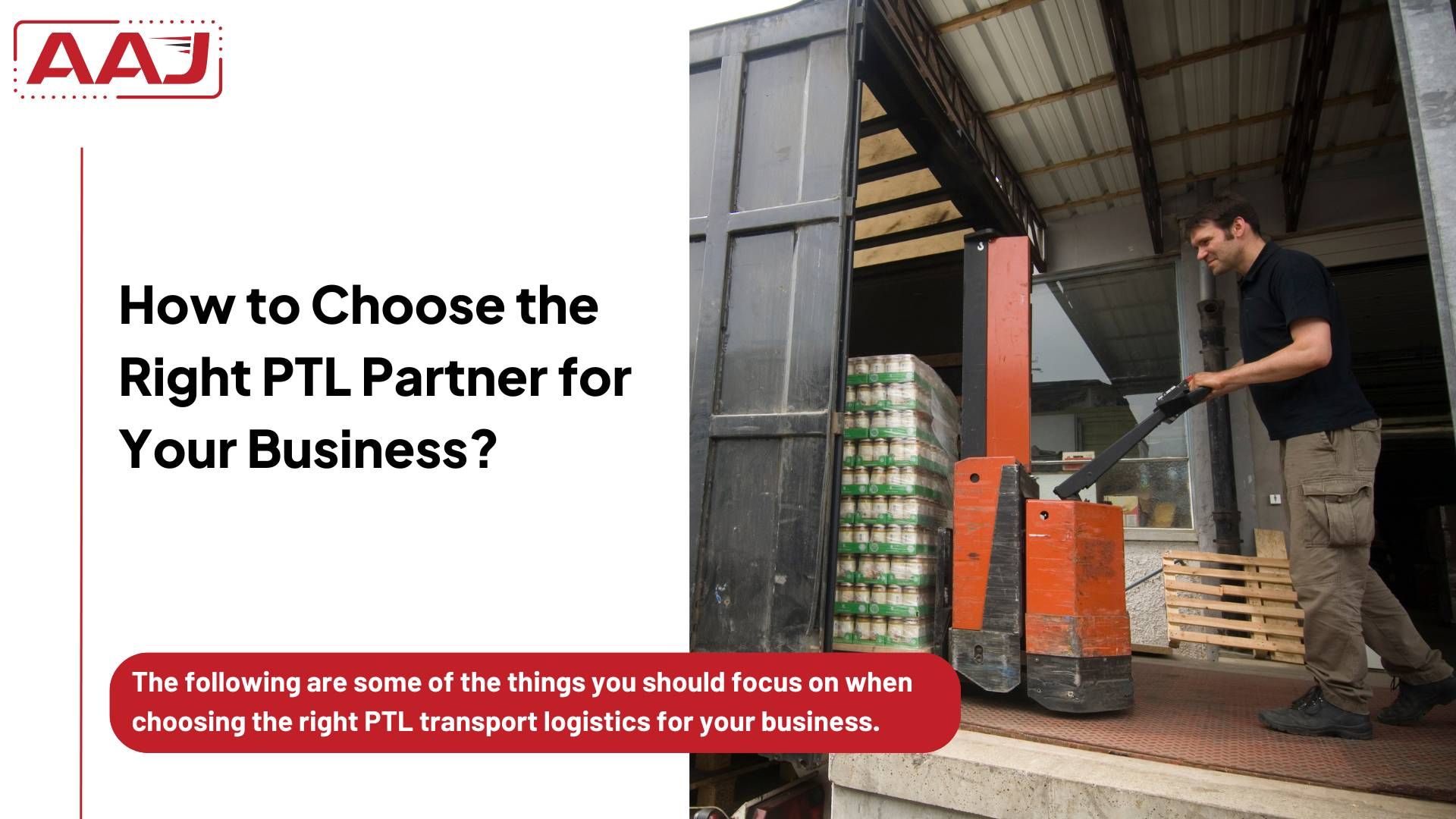
The following are some of the things you should focus on when choosing the right PTL transport logistics for your business.
- Network coverage as per your needs.
- Transport management and tracking system.
- Verify the handling practices done by companies.
- Pricing transparency and toll charges.
- Check industry ratings and customer testimonials before signing a contract with any company.
- Establish clear expectations for transit times and delivery windows.
- Check for previous claims and their claim resolution time and compensation policies.
Why Choose Us?
We have far better than industry standards. Here is the full list:
I told you what you need to know about PTL transport and how to choose the best PTL transport service partner for your business.
Please get in touch with us so we can find a PTL transport solution to your logistical problems.


